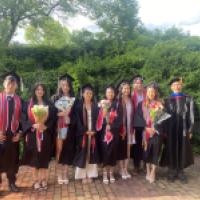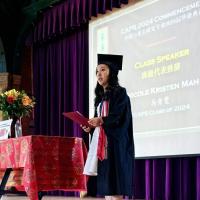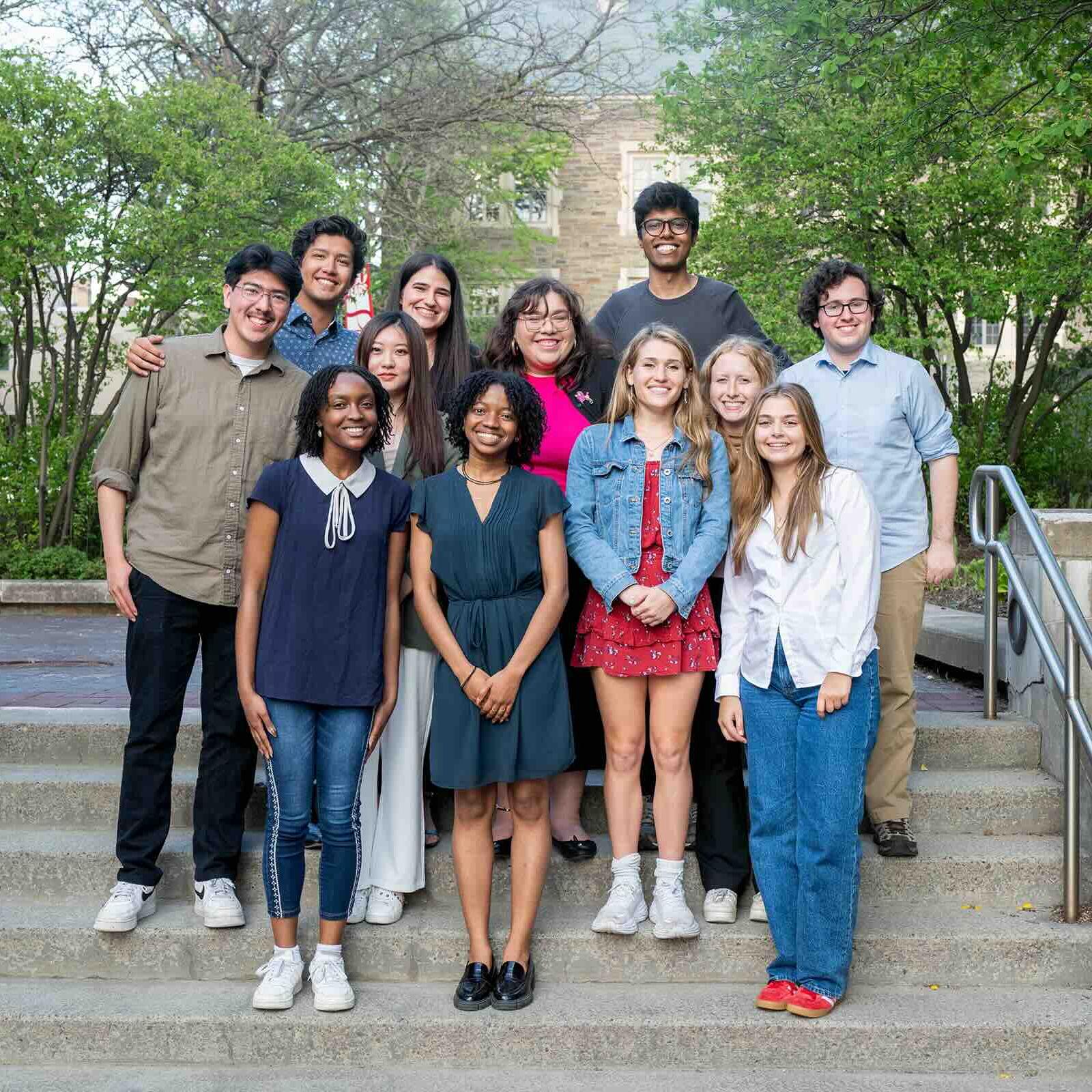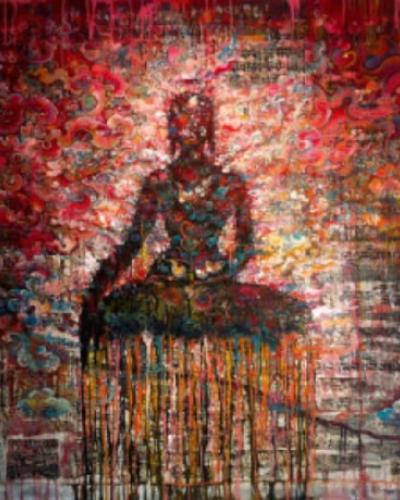"Sinicizing Tibetan Buddhism? Recent developments in Beijing's Tibet policy." -- March 4, 2019, G76 Goldwin Smith Hall
This week, Associate Government Professor and CAPS Director Allen Carlson shifted the focus of CCCI's spring 2019 Lecture Series from a socio-economic perspective to Beijing's relationships with China's autonomous regions. Although the recent problems with the Uyghurs in Xinjiang have garnered a large amount of concern in the past few months, Professor Carlson emphasized that recent policies to assimilate Tibetan Buddhism and the Tibetan Autonomous Region (TAR) are even more troublesome. This lecture is based on his two most recent research projects: one examining new developments in Chinese policy towards Tibet, and the other considering changes in Tibet's position within the contemporary international order.
Professor Carlson began the lecture with a brief historical background about the relationship between the People's Republic of China and Tibet. Although the Qing Dynasty and People's Republic of China (PRC) had legal claims in the region during the early 20th century, Tibet was largely independent. In 1951, Tibet and China signed the Seventeen Point Agreement in which many Tibetans give up claims to independence in return for a high degree of autonomy. This upset many Tibetan Buddhists, including the Dalai Lama, who fled the PRC for India after the failed 1959 Lhasa Uprising. Beijing relaxed restrictions on Tibetan Buddhists from 1959 until 1989, when fears of another Tiananmen Square incident led Chinese officials to declare martial law in Lhasa. Since then, Beijing's policy towards Tibet has been more stringent and strict.
To keep control of the TAR, Beijing has invoked a two-pronged policy which includes silencing dissent and spurring rapid development. Policies in the former group include surveillance, detaining protestors, and methods to control public spaces in Tibet. The latter group, however, mainly includes infrastructure projects and ensuring that ordinary Tibetans experience economic success which was prevalent in the rest of China. Arguably, the most notable of these projects is a recently completed railway from Qinghai to Tibet. From 1990 to 2008, the Chinese government has denied any discontent within the TAR, specifically published in their White Papers. However, the 2008 unrest and self-immolations challenged the Party line that there was "no Tibet problem."
Under President Xi Jinping's rule, the debate about Beijing's approach to the Tibet has ranged from complete assimilation to possibly eliminating autonomy altogether. Currently, assimilating Tibet to Chinese culture is one of the most favorable policy proposals. Professor Carlson highlighted how the Chinese words used to describe "togetherness" of Tibetans and Han Chinese people have become more aggressive over time. Part of their assimilation policies includes promoting the "five recognitions" (五个认同)as key to ethnic work: the Great Motherland, the Chinese people, Chinese culture, the Chinese Communist Party (CCP), and Chinese socialism. Many Tibetan activists have also been detained by the Chinese government, such as Tashi Wangchuck who talked about the necessity of promoting the Tibetan language. This is a consequential stance because Beijing wants Mandarin Chinese to be the primary language of the TAR. Assimilation policies, Professor Carlson noted, have become increasingly aggressive within the past few years and causes human consequences.
The lecture concluded with several thought-provoking questions about the future of Tibet after the 14th Dalai Lama passes away and how Beijing will address the world's scrutiny. Professor Carlson concluded with the following statement: "we're in a time of massive change in Sino-Tibetan relations. What has occurred in Tibet's recent history will prelude the events that will unfold. Neither Beijing nor the Tibetan Diaspora knows for certain what will occur in the next few years." The audience actively participated in the Q&A session with Professor Carlson afterward, so much that event lasted twenty minutes longer than the scheduled time. This reveals the extent to which Cornell students and faculty were intrigued in issues about Tibet and Xinjiang, which is the topic of CCCI's lecture the following week.
The CCCI's Lecture Series occurs every Monday from 4:30- 6:00 pm in G76 (Lewis Auditorium) Goldwin Smith Hall. Visit the Cornell East Asia program's website for more information.
Special thanks to CAPS major Callie Aboaf '21 for her collaboration on this article.
The above painting is by Tashi Norbu called "Self-immolation," about Tibetan self-immolations, based in Amsterdam, the Netherlands.







